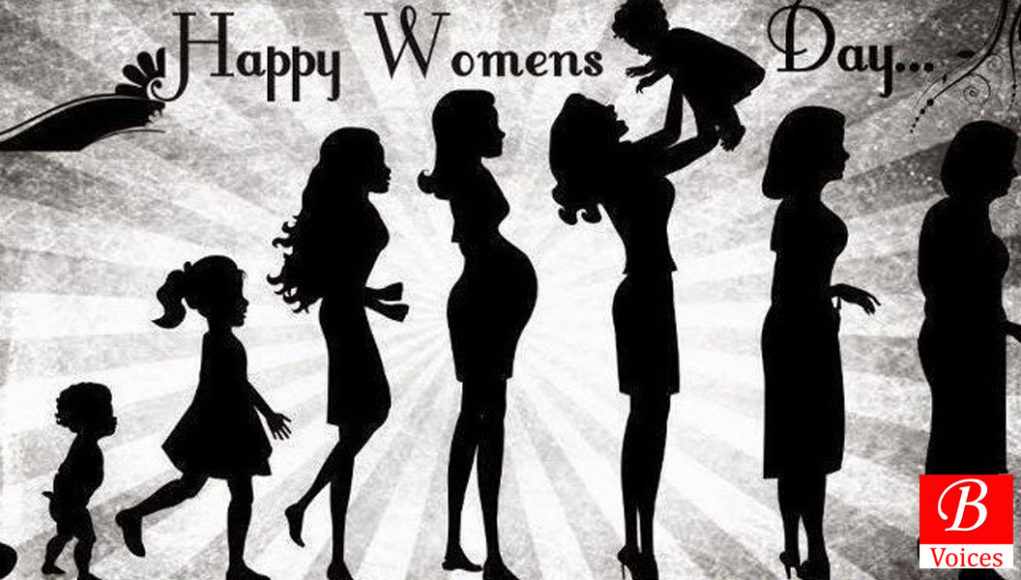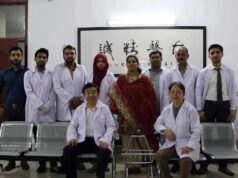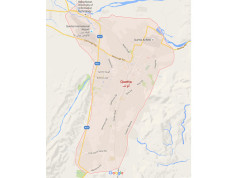Anita Wilson
March 8th marks over 100 years since the first International Women’s Day. It’s always been a big day on our calendar, but this year, it feels particularly important to come together. The global Women’s Marches in January showed the world what we already knew.
The role of the women nowadays is very important because somehow all the societies need to know what is the role of the women through the different cultures in the world and as Leanne Evale has mentioned that: “Throughout the last 100-300 years the changes that women have seen and been affected by have been phenomenal. Women have gained a lot of ground in politics, the work force, and even more power within their own households. There was a time in history when women were unable to voice their opinion in politics being unable to cast a vote or run for office. Now in modern time there are more than one woman running in the presidential campaign. Now women and men can both be the bread winners the stereotype role imposed on women is slowly dissolving and both spouses are sharing the responsibilities that come with the house and family.”
The United States was the first country to hold a National Women’s Day on 28th February 1909.
1910:
A call for an international day was first made in Copenhagen at the 2nd ever International Conference for Working Women in 1910. It was warmly received by the 100+ women in attendance from 17 countries, and the day was gradually adopted by different countries, including Austria, Denmark, Germany and Switzerland.
1913:
March 8th was officially proclaimed International Women’s Day in 1913, and more countries joined the cause, including Russia and The United Kingdom.
1975:
The United Nations officially joined the party in 1975 by recognizing the day for the first time. Two years later, the UN General Assembly formally adopted the day for its Member States, and the rest is history.
Today is about celebrating women. But it’s also about acknowledging that no country in the world has achieved gender equality. Every day, we witness violations of women’s rights, discrimination based on gender and a lack of women’s representation in positions of power.
Too often systems are not designed to allow women to succeed. Gender inequality is perpetuated by both formal and informal systems, structures and attitudes. And for women, laws, policies, behaviors and cultural norms must be radically altered.
We work to disrupt and up heave these systems every day. But International Women’s Day is a day where the world unites to call for a better, more gender equal world. It’s a day for the movement to come together and call on the international community to do better for women.
We must also look to the future. We must let the passion and commitment they expressed guide us to continue to grow as a nation that values all its citizens fully. To do that however, it must start in the individual woman herself. In order to effect real change to have equality when and where it matters, women must perceive themselves as equal when and where it matters. Equal work and equal pay must mean that the average salary for a woman will be the same as for a man.
Woman must choose. Does she want to be a fast food technician or a lawyer?
She must be content with her choice and be empowered with the knowledge that it was her choice and hers alone, whatever factors she took into consideration when deciding it. Further, society should value that choice as well understanding that the decision was not made lightly. Society should express that by offering all citizens a living wage that is dependent on the task being performed and the ability of the person to perform the task. If it does not, it is the responsibility of the citizen to ask for it, even demand it. That is the only way to make it a reality. Women are important to society work force and in the home.
Writer is a Research Scholar at Department of Political Science in University of Karachi
Share your comments!








